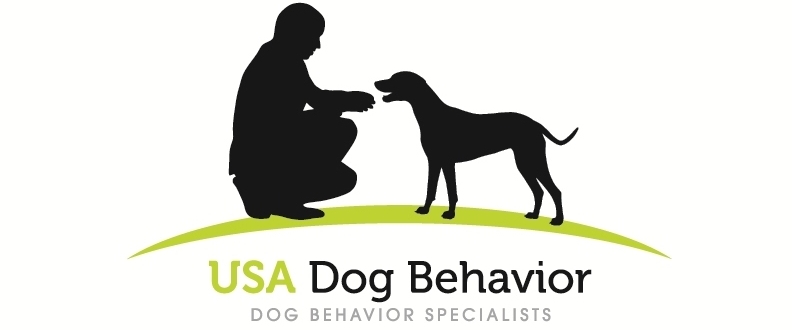Many Dog Owners Don’t Realize Their Dog is Dangerous
"Unfortunately, we don’t know when this .1% will occur so we need 100% vigilance."
©Scott Sheaffer, CDBC, CBCC-KA, CPDT-KA, USA Dog Behavior, LLC
The following is an email I received that is representative of situations I commonly see when owners may not fully understand the seriousness of their dog’s aggression. The names have been changed.
“Scott,
Our Riley is a sweet four-year old Japanese Akita love bundle. He has gone through obedience training and knows his commands well. He is extremely bright, loves his humans and is protective of our family. He's great with other dogs too. If people would just approach him carefully, he will immediately want to be their friend.
99.9% of the time, he is a jewel of a dog and causes us no worries.
The other day he bit someone for the first time. It was a nine-year old boy who had to go to emergency care. Fortunately, he only needed a few stitches to his face. The doctor said there would be little scarring. No big deal.
I warned this kid that Riley doesn’t like to be petted in a certain way, but he did it anyway. Riley can be nervous around new people. He is just very protective.
Is this something I need to be concerned about?
Gail”
Let’s analyze the salient points of Gail’s email in more detail as it contains many of the elements I frequently see in situations where owners may not be fully cognizant of the gravity of their dog’s aggression.
1) “…and is protective of our family.” Dogs really don’t protect people or families. This protective looking behavior usually indicates they are simply fearful of approaching humans and want to scare them away or it might mean they are keeping humans away because they don’t want to share their human. For more information, please see this short video: Do Dogs Instinctively Protect Their Owners?
2) “If people would just approach him carefully, he will immediately want to be their friend.” Over time, owners can begin to lose their objectivity about their dogs – this is not uncommon. They may begin to impose unusual rules on how to interact safely with their dog. A behaviorally normal and healthy dog doesn’t require any special handling whatsoever.
3) “99.9% of the time, he is a jewel of a dog…” A dog bite takes a fraction of a second. It is important to focus on the .1% of the time when a dog may bite. Unfortunately, we don’t know when this .1% will occur so we need 100% vigilance.
4) “The other day he bit someone for the first time.” Once a dog accesses a behavior, it is forever in his behavior inventory. There is no doubt the boy immediately retreated when he was bitten thus reinforcing the effectiveness of this behavior to Riley – increasing the likelihood he will bite again in the same or similar situation.
5) “Fortunately, he only needed a few stitches to his face. The doctor said there would be little scarring. No big deal.” I bet the boy and the boy’s mother may feel differently! This is the slippery slope of minimization and denial. This incident is very serious and immediate management of Riley needs to be implemented.
6) “I warned this kid that Riley doesn’t like to be petted in a certain way, but he did it anyway.” This isn’t the child’s fault. Incorrectly assigning the fault to the child serves no purpose other than to obfuscate the real issues and hazards.
7) “Riley can be nervous around new people.” This short sentence in Gail’s final paragraph contains the probable root cause of Riley’s aggression and tells me that Gail has some awareness of what the root cause is.
Let’s conclude by answering a few questions.
Should Riley be considered a bite risk around unfamiliar people? Yes. I would suggest that he be kept away from or muzzled around unfamiliar people, at least in the short-term.
Can Riley be “fixed”? If a dog trainer was to suggest to you that dog aggression is 100% fixable, they are not being forthright. Dogs are complex living beings that are never completely predictable. With the proper kind of behavioral treatment, Riley may be able to lessen his fear around humans which could result in a happier dog that is easier and safer for his human family to manage.
Is Gail’s perspective common when it comes to owners whose dog has bitten someone? Yes. Gail is doing what many dog owners do when their dog starts to aggress. She is simply trying to make sense of what is going on. Because we love our dogs, we sometimes tend to make excuses for their behavior and don’t see their behavior objectively.
If you feel your dog acts aggressively toward humans or other dogs, please see a certified dog behavior specialist for assistance.

